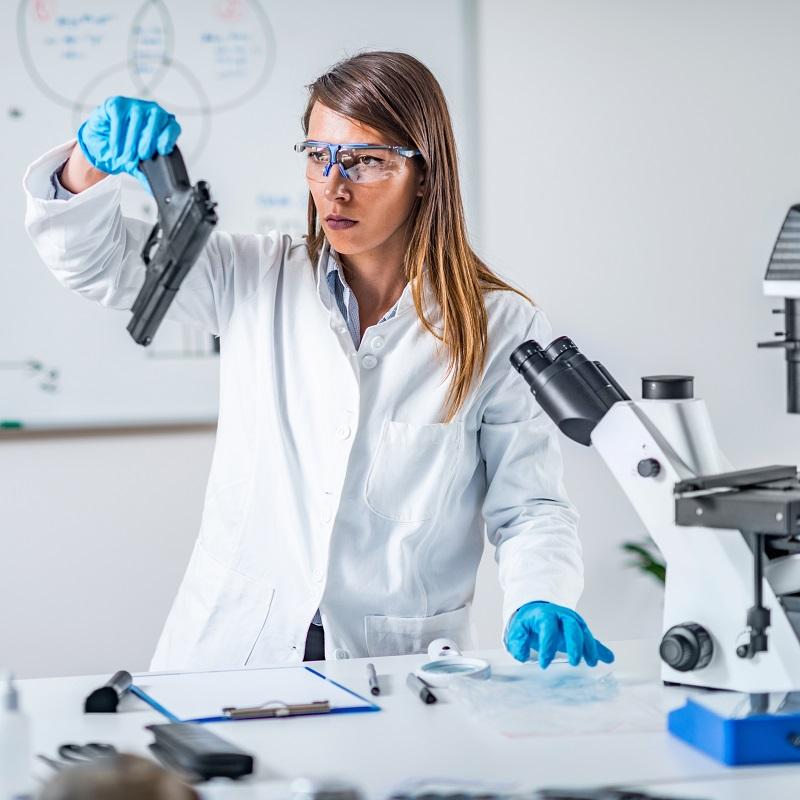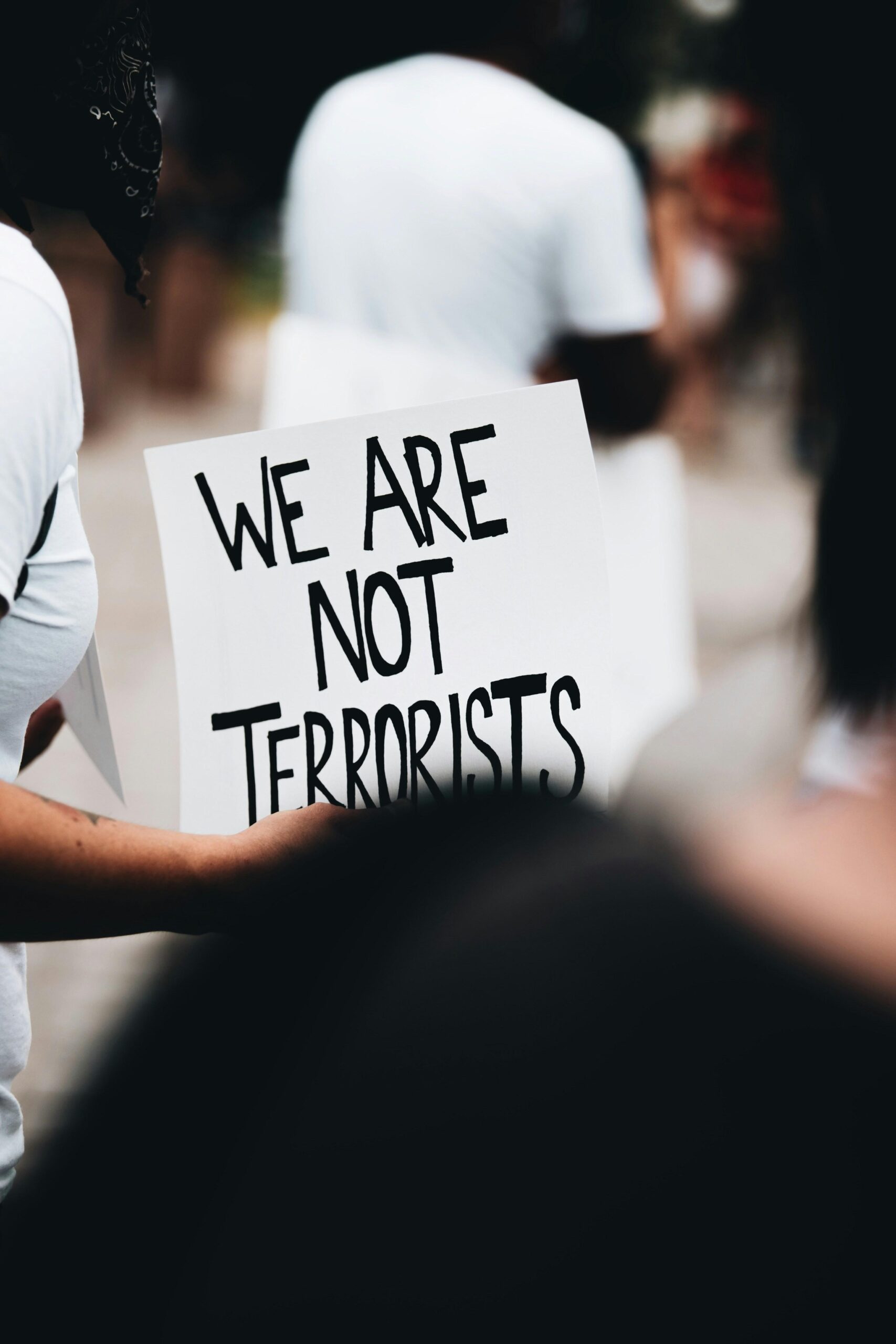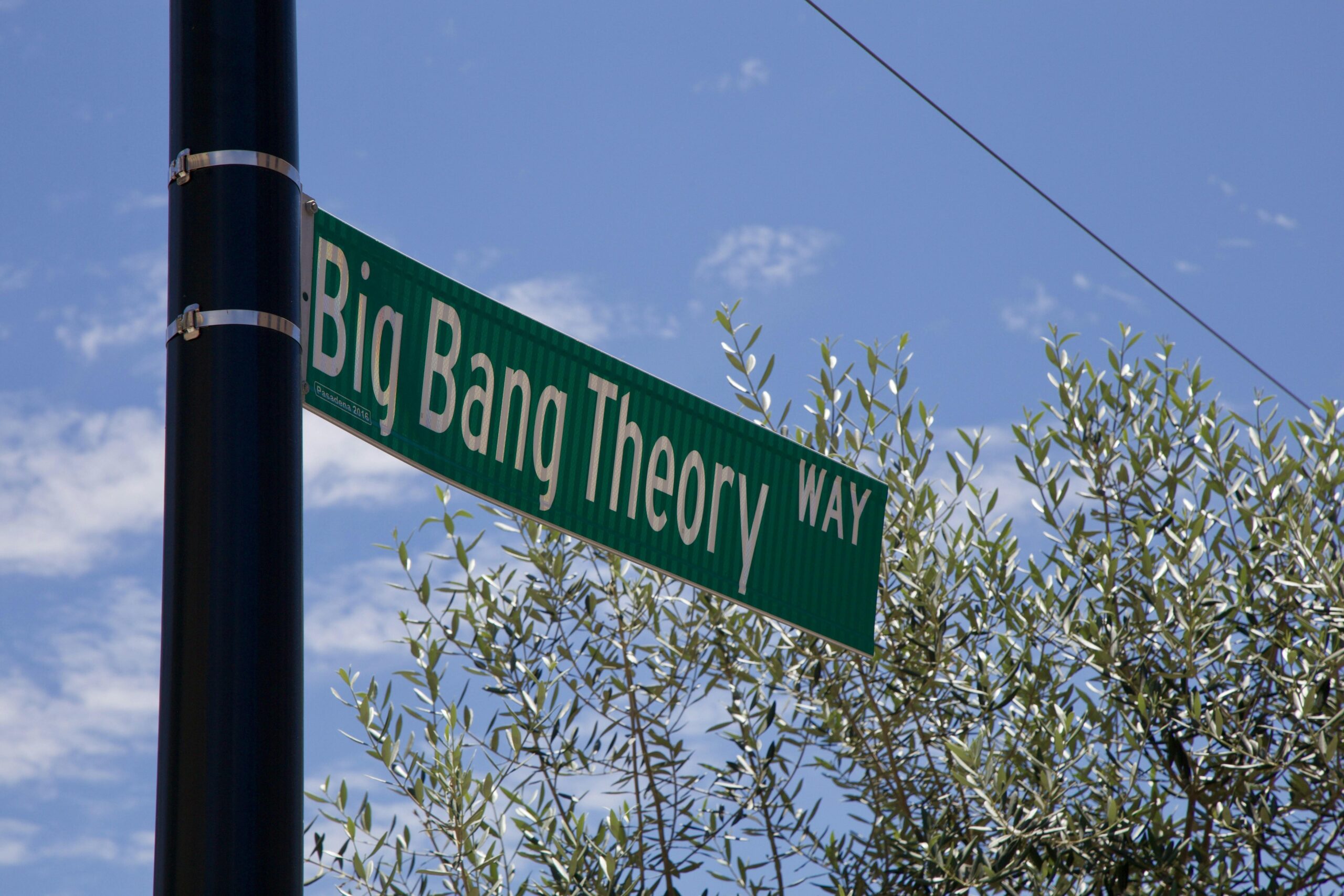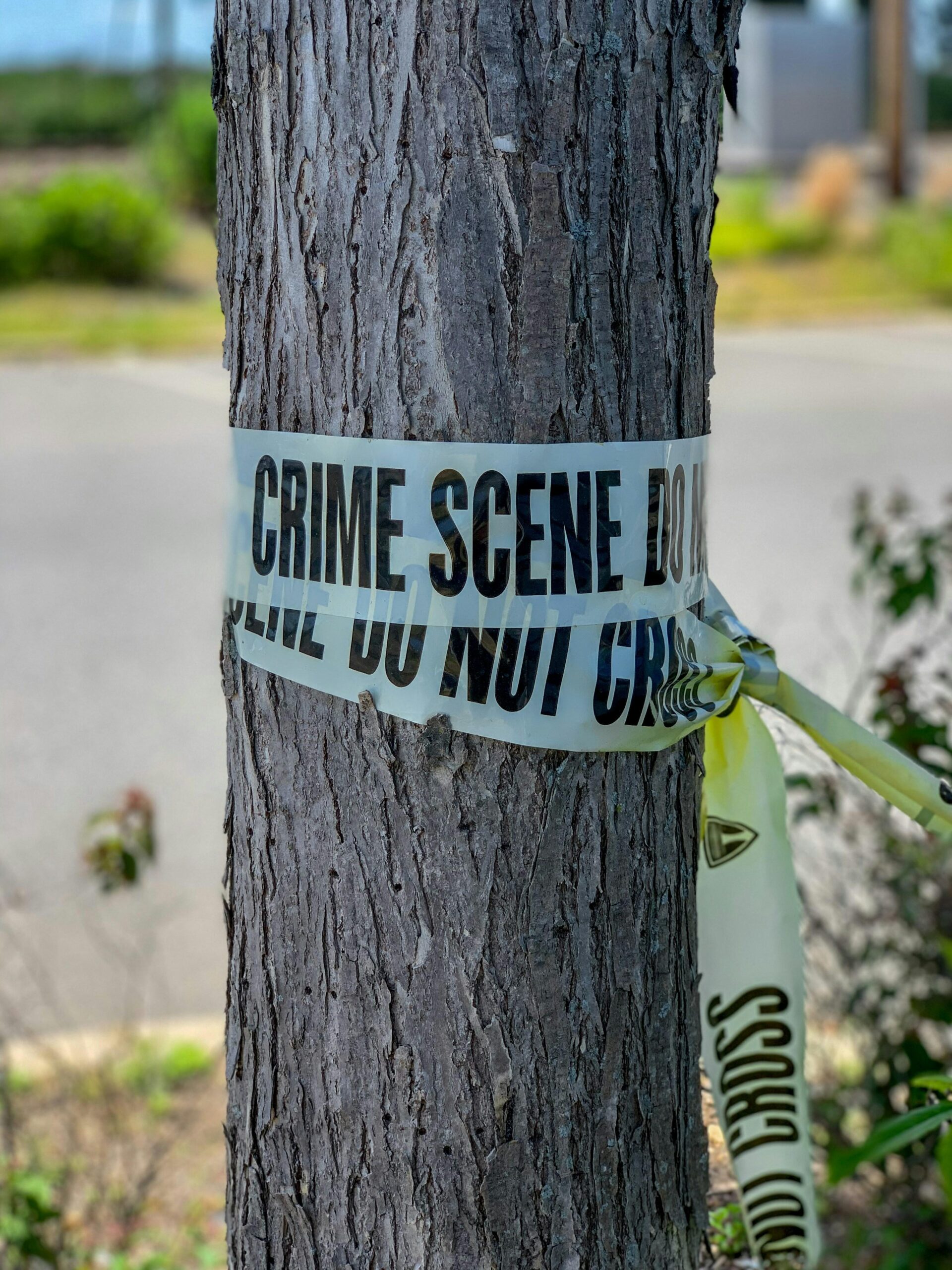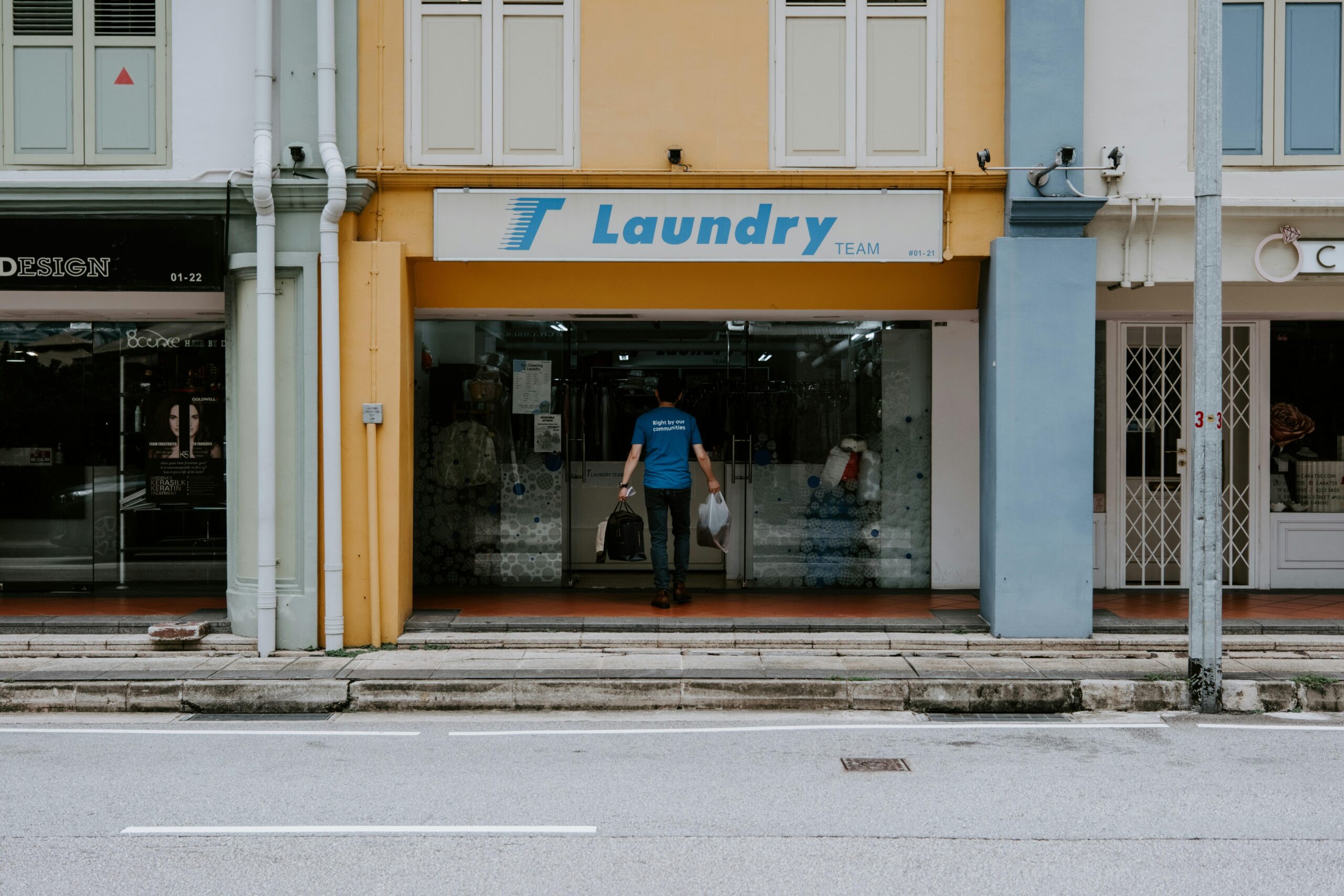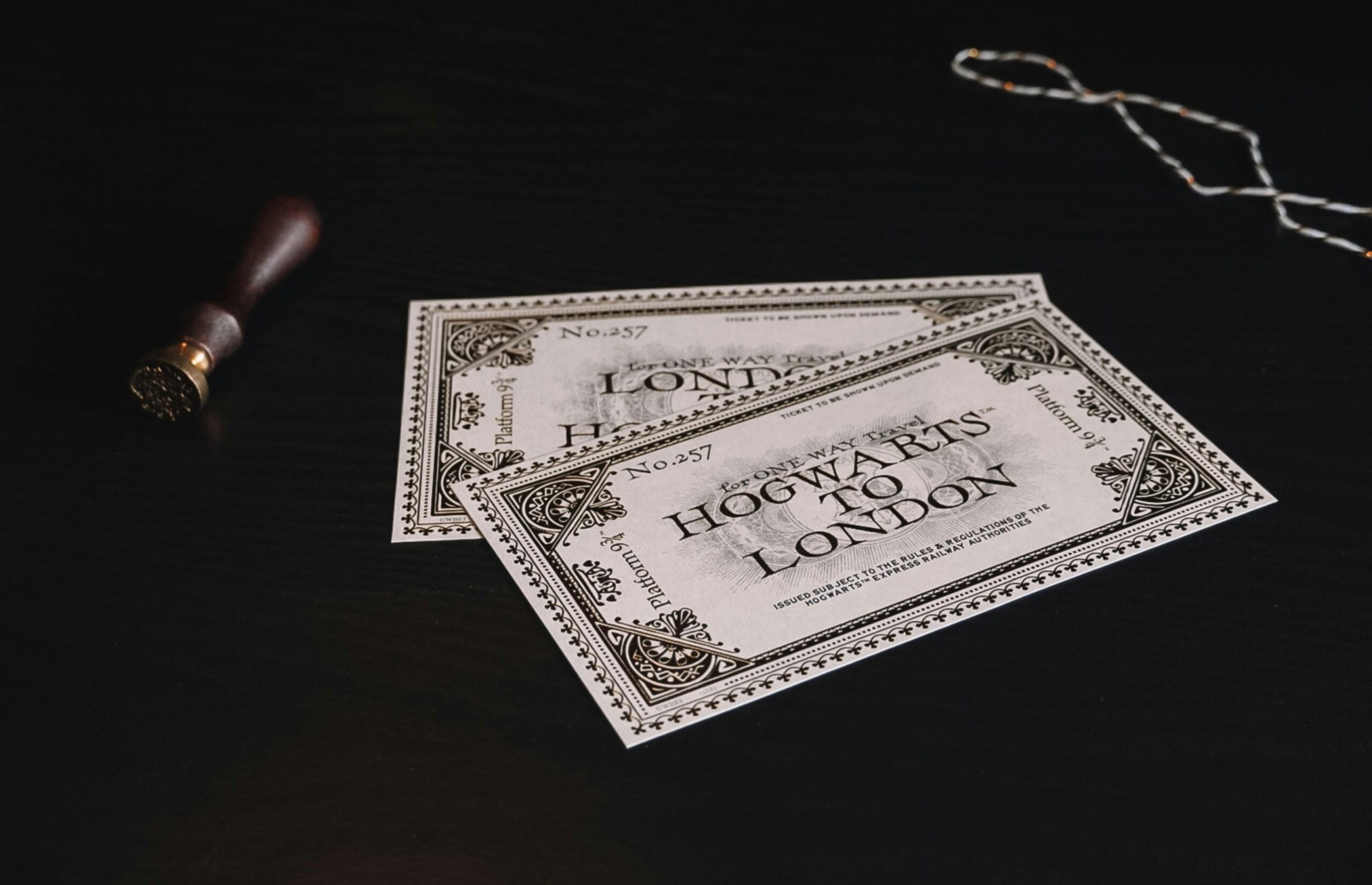Step into the fascinating world of forensic experts — the unsung heroes behind many courtroom dramas. These specialists don’t just analyze clues; they decode complex evidence, piecing together stories hidden in blood spatter, fingerprints, or digital footprints. But what truly happens when they step onto the witness stand? How do they balance the science, their findings, and the high-pressure environment of a courtroom? In this article, we’ll journey inside the mind of forensic experts and uncover what it’s really like to deliver testimony that can make or break a case. Curious? Let’s dive in!
Table of Contents
- Understanding the Psychological Edge Forensic Experts Bring to the Stand
- Decoding the Challenges Experts Face Under Cross Examination
- Secrets to Crafting Clear and Convincing Testimony That Sways the Jury
- Tips for Legal Teams to Maximize Expert Witness Impact in the Courtroom
- To Wrap It Up
Understanding the Psychological Edge Forensic Experts Bring to the Stand
When forensic experts take the stand, they don’t just present evidence—they wield a unique psychological toolkit that subtly influences jurors and judges alike. Their credibility often stems from a blend of methodical presentation and calm authority, which can create a powerful perception of truth. The very way they articulate complex scientific data can simplify and humanize cold facts, turning abstract numbers into compelling narratives. This blend of science and storytelling allows them to control the courtroom atmosphere, guiding listeners toward a specific interpretation without overt persuasion.
Several underlying psychological strategies set these professionals apart:
- Confidence in delivery: Their measured tone and deliberate pacing establish trustworthiness and reduce doubt.
- Mastery of jargon and metaphor: They skillfully substitute complex terminology with relatable analogies, making evidence accessible.
- Emotional neutrality: By maintaining objectivity, they align themselves with the ideals of impartial justice, enhancing persuasive power.
- Visual aids integration: Using charts and images strategically to anchor evidence in the minds of jurors.
Together, these tactics are not just about presenting facts—they’re about shaping perception, creating a psychological edge that can be as decisive as the evidence itself.
Decoding the Challenges Experts Face Under Cross Examination
Forensic experts, often viewed as the untouchable pillars of truth in courtroom battles, face an intricate maze of pressure once under cross examination. They must maintain unwavering credibility while navigating probing questions designed to unsettle their conclusions. The challenge lies not just in defending scientific facts but in translating complex jargon into language accessible to judges and juries without diluting accuracy. This balancing act requires sharp mental agility and an almost theatrical poise, where every word can influence the weight of their testimony.
Adding fuel to this daunting task, attorneys deploy several strategies that trip even the most seasoned experts off guard. These include:
- Exploiting ambiguous phrasing or technical nuances in reports
- Highlighting any inconsistencies between their earlier statements and current testimony
- Challenging methodologies or the chain of custody of evidence
- Introducing contradictory expert opinions to sow doubt
Such tactics transform the courtroom into a cerebral battlefield where forensic experts aren’t just witnesses—they become performers striving to uphold the truth under intense scrutiny.
Secrets to Crafting Clear and Convincing Testimony That Sways the Jury
Effective testimony hinges on more than just presenting facts; it requires weaving a narrative that resonates with the jury’s perspectives and concerns. Forensic experts must master the art of clarity, breaking down complex scientific evidence into digestible, relatable terms without diluting the essence of their findings. Avoiding jargon and incorporating analogies that bridge the gap between technical data and everyday experience can dramatically enhance understanding, fostering trust and credibility. Additionally, a poised delivery—steady eye contact, measured pacing, and purposeful gestures—works silently but powerfully to reinforce confidence in the expert’s message.
Beyond clarity, persuasion demands authenticity. Jurors unconsciously scrutinize tone, body language, and consistency to detect truthfulness. Experts benefit from anticipating tough cross-examination questions, preparing concise yet compelling responses that underscore their expertise while remaining accessible. Key tactics include:
- Framing testimony around the big picture, highlighting how evidence fits into the case context
- Emphasizing the scientific method behind conclusions to reinforce objectivity
- Using measured language—firm but not overconfident—to maintain credibility
- Engaging the jury with relatable examples that subtly appeal to their reasoning and emotions
Tips for Legal Teams to Maximize Expert Witness Impact in the Courtroom
To truly harness the power of expert witnesses, legal teams must prioritize early collaboration with forensic experts. Engaging these specialists during the case preparation phase—not just before trial—allows experts to familiarize themselves with the nuances and intricacies surrounding the evidence. This proactive approach ensures their testimony is not only precise but also delivered with confidence, reducing the risk of being cornered by aggressive cross-examination. Additionally, fostering a deep understanding of the legal strategy empowers experts to tailor their explanations in a way that resonates with judges and juries alike, bridging the gap between complex scientific language and courtroom clarity.
Equally vital is the focus on clear communication techniques. Forensic experts should avoid jargon and lean into storytelling, presenting their findings as pieces of a larger narrative puzzle that the jury can follow easily. Encourage experts to use analogies and visual aids, helping to illuminate abstract concepts through tangible examples. Legal teams can also conduct mock direct and cross-examinations, transforming nervousness into poise and sharpening the expert’s ability to deliver succinct and impactful testimony. This layered preparation not only maximizes credibility but also leaves a lasting imprint on the courtroom’s collective memory.
- Integrate forensic experts early: involve them during investigative and discovery phases.
- Craft a clear narrative: help experts simplify complex data with relatable analogies.
- Rehearse rigorously: conduct simulated questioning sessions for testimony refinement.
- Leverage visual tools: use infographics, charts, and timelines to enhance comprehension.
To Wrap It Up
As we peel back the layers of courtroom drama and step into the shoes of forensic experts, it’s clear that their work goes far beyond the lab bench. These professionals are not just scientific minds but skilled communicators, navigating the delicate balance between complex evidence and clear testimony. Understanding their thought processes offers us a fascinating glimpse into how justice is shaped, one carefully weighed word at a time. So next time you watch a trial unfold, remember – behind every piece of evidence lies a forensic expert’s story, quietly guiding the pursuit of truth. Curious to learn more? Stay tuned as we continue to explore the intriguing world where science meets the law.


